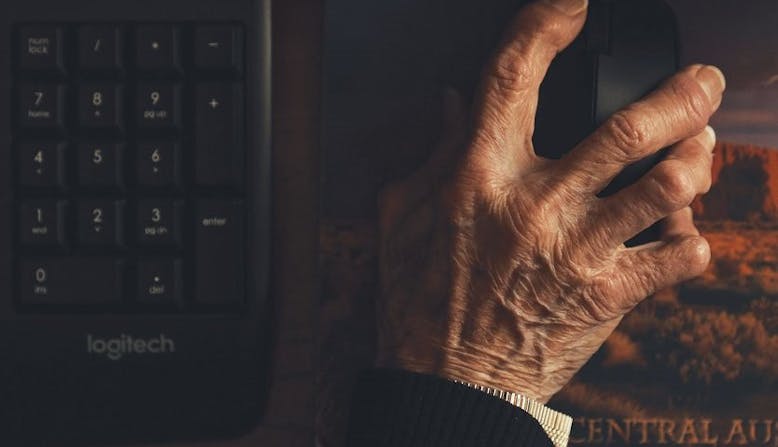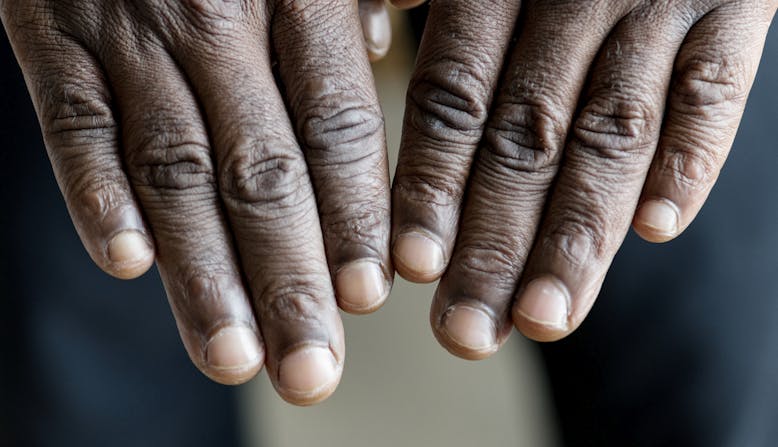Psoriasis on the hands, feet, or nails is considered a high-impact site, which can have an increased negative impact on quality of life, regardless of the total area affected by psoriasis.
Hands and Feet (Palmoplantar)
Symptoms include red/discolored, dry, and thickened skin, as well as deep fissures (cracks) on the soles of the feet. Psoriasis on the hands and feet can significantly impact your quality of life because of the way the disease may impair the use of the hands and feet. The pain from palmoplantar psoriasis may limit mobility and keep you from working or doing daily tasks.
Treatments
Topicals are a common treatment for psoriasis on the hands and feet. Follow your health care provider’s instructions for applying topical treatments. Since the skin on the hands and feet can be delicate, you should carefully apply treatment to your hands and feet.
Phototherapy is another treatment option. There are special light therapy units specifically designed for the hands and feet.
Oral treatments and biologic treatments are also options, especially if your psoriasis is severe or you are not responding well to other treatments.


